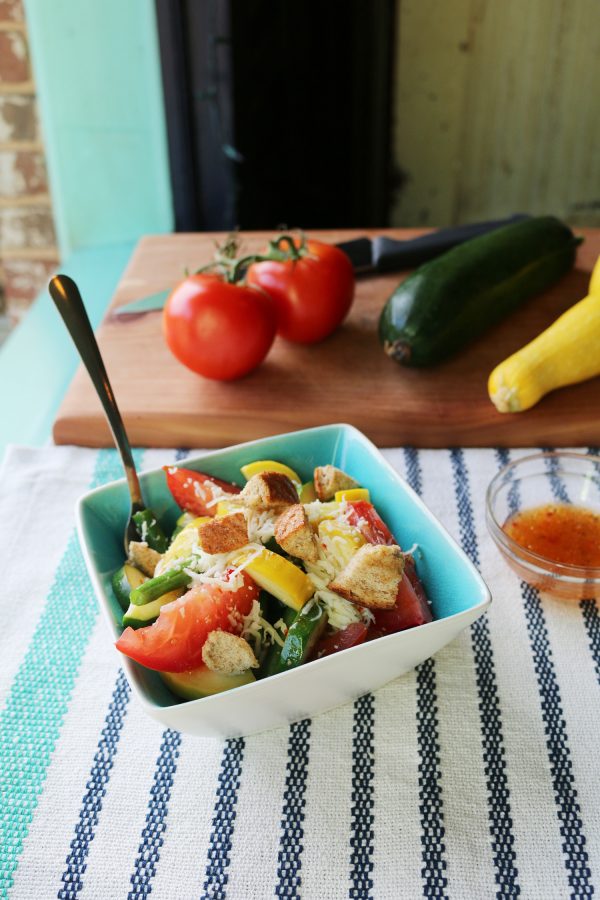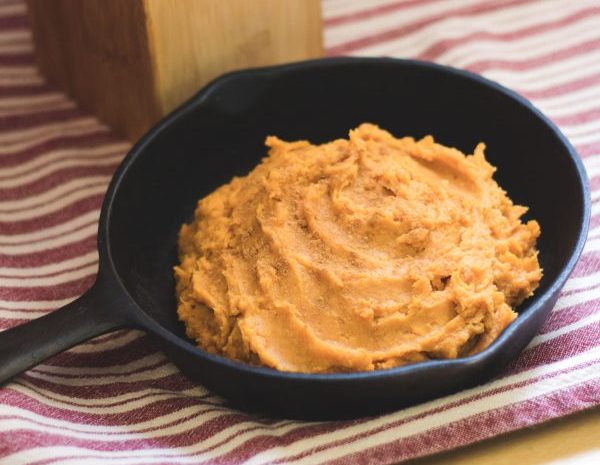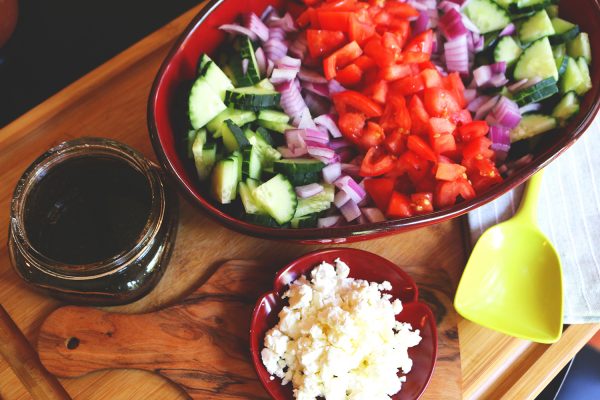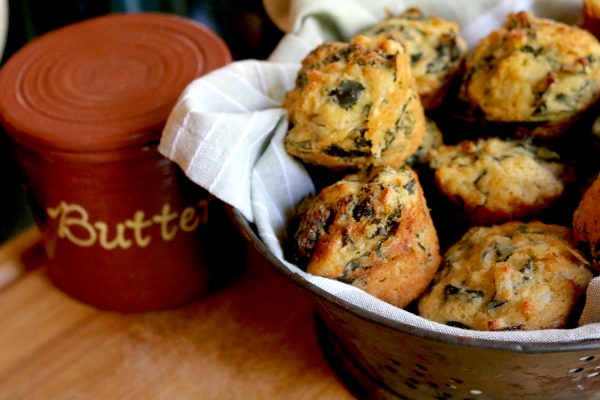Also called “Panzanella,” this classic Italian bread and tomato salad celebrates summer’s best, but is still hearty enough to eat as a light supper or lunch!

Helping Georgians Eat Healthy & Get Moving
Blogs in English

Also called “Panzanella,” this classic Italian bread and tomato salad celebrates summer’s best, but is still hearty enough to eat as a light supper or lunch!

Use your microwave to have this recipe ready to enjoy in minutes!

Fresh and bursting with flavor, this salad is a great way to use up the summer harvest.

This moist cornbread is so loaded full of vegetables that it could almost be a meal by itself!
(more…)